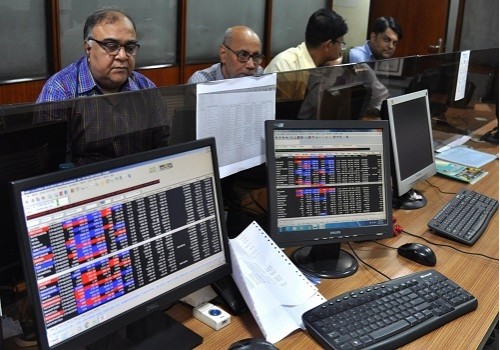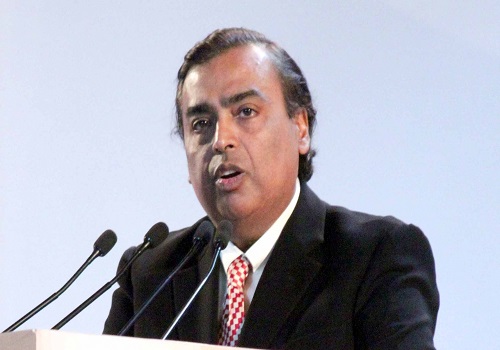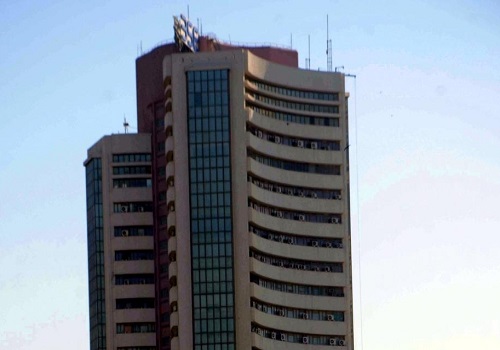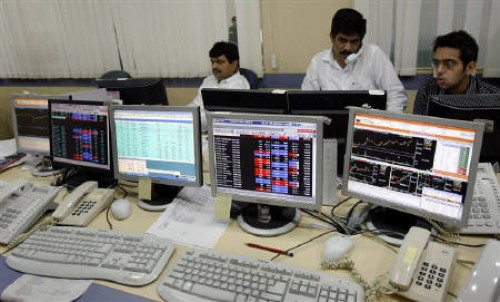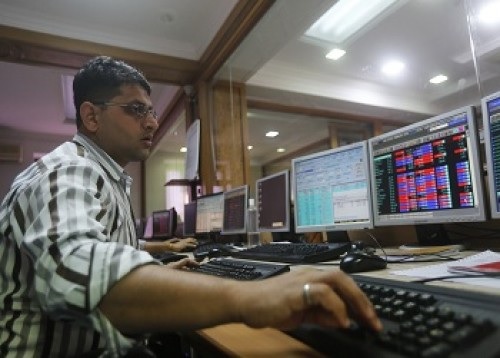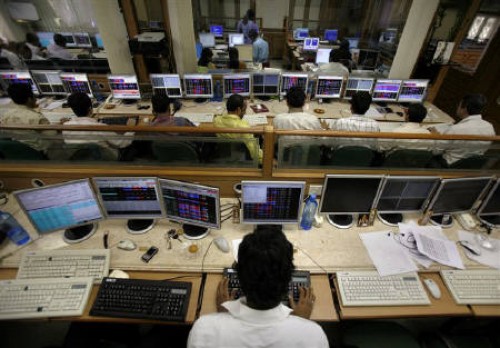October - 2022 by George Thomas, Fund Manager, Quantum AMC, Quantum Mutual Fund.

Follow us Now on Telegram ! Get daily 10 - 12 important updates on Business, Finance and Investment. Join our Telegram Channel
https://t.me/InvestmentGuruIndiacom
Download Telegram App before Joining the Channel
Monthly Equity Outlook for October 2022 by George Thomas, Associate Fund Manager, Quantum AMC
TheS&P BSE SENSEXdeclined by 3.5% on a total return basis in the month ofSep2022 while S&P BSE Midcap Index &S&P BSE Smallcap Index declinedby 2.1% and 0.6% respectively. Most of the sectoral indices too had a similar trend with S&P BSE India Power, S&P BSE Oil & Gas, and S&P BSE Realty indices emerging as the top losers with a decline of ~8-9% each. Hike in taxes on domestically produced crude, fuel exports, and rising gas costs were the key triggers for correction in the Oil & Gas sector. Declining home affordability due to rising interest rates was a sentiment dampener for the real estate space. Meanwhile, defensive sectors like FMCG, Healthcare, and Telecommunication saw marginal gains of 1.4% each.
The declining trend in global markets continued amidst fears pertaining to multi-decadal high inflation andaggressive monetary tightening by global central banks.Developed market indices like S&P 500 and Dow Jones Industrial Average Index declined by 9.2% and 8.8% respectively. Global risk-off sentiment was reflected in emerging market indices as well with the MSCI Emerging Market Index correcting by 11.7%.
Amidst this setting, FPIsturned sellers in September and sold Indianequitiesto the tune of USD 903 mn.Domestic institutional investorscounterbalanced the outflows and turned buyers with purchases worth USD 1.6 bn. Since the start of the calendar year 2022, FPIs have recorded a net outflow of USD 22.3 bn while DIIs recorded a net inflow of USD 32.5 bn.
Quantum Long Term Equity Value Fund (QLTEVF) saw a decline of2.9% in its NAV in the month of Sep 2022. This compares to a 3.2% decline in its Tier I benchmark S&P BSE 500 anda 3.5% decline in its Tier II Benchmark S&P BSE 200. Telecom and pharma sector were the major contributors to the outperformance.Cash in the scheme stood at approximately 7.4% at the end of the month. The portfolio is valued at 12.5x FY24E consensus earnings vs. the S&P BSE Sensex valuations of 18.2x FY24E consensus earnings.
In India, macro indicators are reasonably placed despite global uncertainties. GST collections remained above INR 1.4 trillion for the 7th consecutive month. The Manufacturing Purchasing Manager’s Index, published by S & P Global, remained in expansion territory at 55.1 (A reading above 50 indicates expansion) for September. A robust addition in jobs is reflected in the reduction ofthe unemployment rate across urban and rural areas. Business updates published by leading banks for the September quarter indicate a healthy loan growth trend.
In its scheduled policy meeting in September, the US Fed reiterated its resolve to bring inflation back to the target range of 2%. It hiked the interest rates by 75bps taking the fed funds rate to a range of 3%-3.25%, the highest since early 2008. This was at a time when US inflation remained substantially higher than its target range at 8.3% as of Aug. Persistent high inflation is likely to force the US Fed to take further rate hikes during the upcoming policy meetings. At home, RBI hiked the repo rate by 50 bps to 5.9%. RBI estimates CPI inflation at 6.7% in FY23 against its target range of 4-6%. Though we could see a spill overeffect of further interest rate hikes by global central banks in India
moderate inflation will help the RBI to slower the pace of rate hikes. Moderation in global growth could further soften commodity prices giving a respite to inflation.
Key factorsthat could shape the trajectory of Indian markets in the near term are:
* Oil price trend as India imports 85% of its crude requirements
* Private Capex trajectory since the capacity utilization has surpassed 75% (Source: RBI Survey)
* Commodity prices post normalization of the Chinese economy
* Festive demand trends (This is the first festive season without covid restrictions)
We expect the performance of portfolio companies to be reasonable as the linkage to the global economy is minimal for the majority of our investee companies. Banking, Auto and IT together account for ~69% of the portfolio as of September. Banks continue to depict cyclical low credit costs along with robust credit growth. Auto companies are seeing record high unit realisation coupled with supply chain normalisation and easing of input prices. The IT sector would benefit from the increasing relevance of technology across the globe and by having access to a large pool of engineering talent at a competitive cost.
The valuation premium of India compared to global peers is likely to persist given the stable domestic policies, favourable demographic dividend, and long-term growth potential.The valuation of Indian markets indicated by the P/E (Price to Earnings) ratio of benchmark indices is marginally higher than its historic average, supported by a stable earnings trajectory. Nevertheless, we could see volatility in the near term due to uncertain global macros. Past experience shows us that such periods of volatility present good opportunities for patient long-term investors. We urge investors to continue investing in equities in a staggered manner through SIPs with a long-term view.
Disclaimer, Statutory Details & Risk Factors:
The views expressed here in this article / video are for general information and reading purpose only and do not constitute any guidelines and recommendations on any course of action to be followed by the reader. Quantum AMC / Quantum Mutual Fund is not guaranteeing / offering / communicating any indicative yield on investments made in the scheme(s). The views are not meant to serve as a professional guide / investment advice / intended to be an offer or solicitation for the purchase or sale of any financial product or instrument or mutual fund units for the reader. The article has been prepared on the basis of publicly available information, internally developed data and other sources believed to be reliable. Whilst no action has been solicited based upon the information provided herein, due care has been taken to ensure that the facts are accurate and views given are fair and reasonable as on date. Readers of this article should rely on information/data arising out of their own investigations and advised to seek independent professional advice and arrive at an informed decision before making any investments.
To Read Complete Report & Disclaimer Click Here
Above views are of the author and not of the website kindly read disclaimer
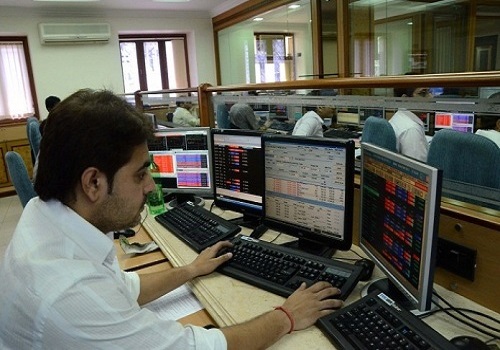







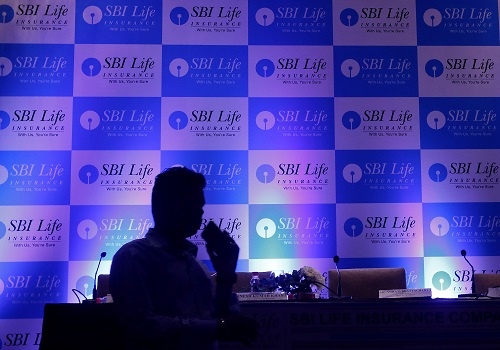

Tag News

We anticipate immense potential benefits from the upcoming Sovereign Gold Bond Tranche in FY...

